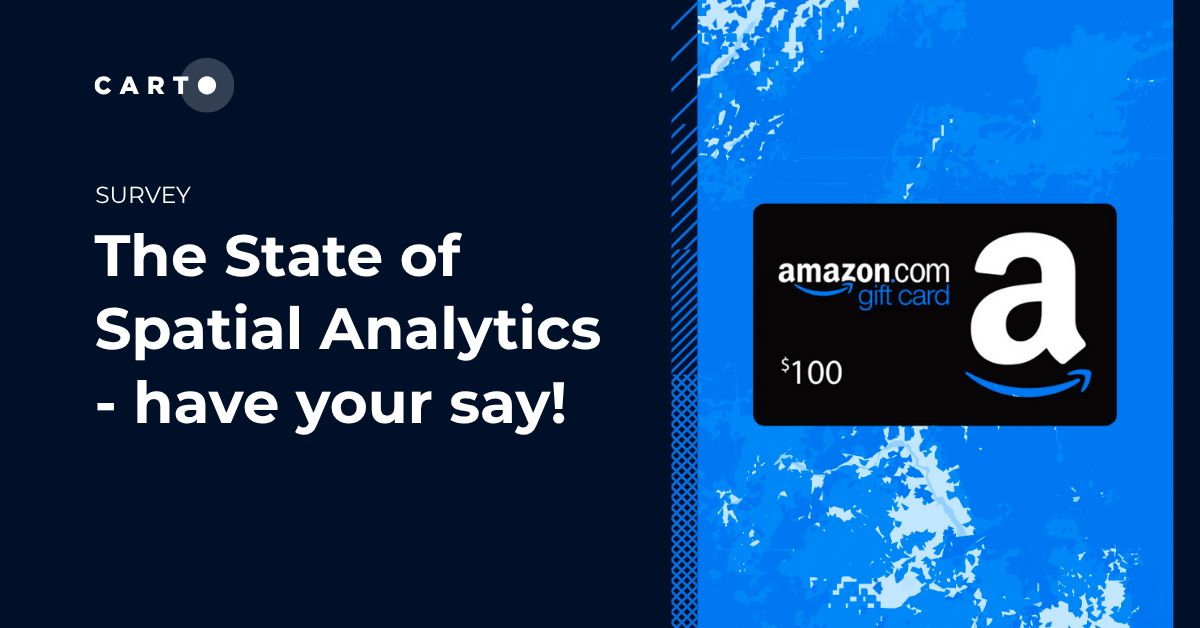The State of Spatial Analytics - have your say!

Across the last few years, the field of Spatial Analytics has dramatically evolved, transforming from a specialized niche into a business-critical function that informs real-time, strategic decisions. Our annual report series has tracked this journey, revealing how the industry has shifted from its traditional, niche community to a mainstream, multidisciplinary field.
.png)
We’re in the process of gathering inputs for the State of Spatial Analytics 2026 Report - and we’d love for you to have your say (and be in with a chance of winning a $100 Amazon voucher!). In the meantime, let's take a look at the most significant shifts we've tracked over the last two years and what they tell us about the future of Spatial Analytics.
The key findings from our previous report paint a clear picture of an industry evolving in terms of both democratization and scale.
Help us build the State of Spatial Analytics 2026. Your experience with new technologies, skills, and challenges is crucial for tracking this evolution accurately. We are now gathering input for the State of Spatial Analytics 2026 Report.
Take The State of Spatial Analytics 2026 Survey Today!
The survey should take you between 5-10 minutes, with all questions optional. To thank you for your participation, you'll receive an exclusive copy of the report ahead of our official launch, as well as a chance to win a $100 Amazon voucher!










